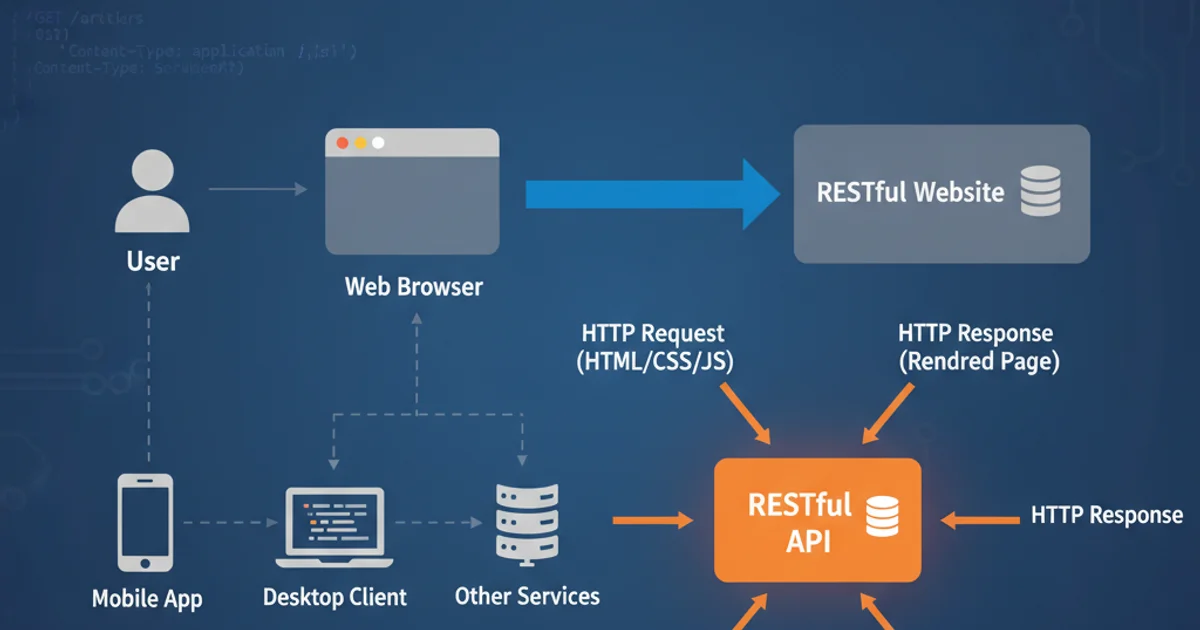Idiom vs. pattern
Categories:
Idiom vs. Pattern: Understanding Key Differences in Software Design

Explore the nuances between programming idioms and design patterns, their roles in software development, and how to effectively apply them for cleaner, more maintainable code.
In the vast landscape of software development, terms like "idiom" and "pattern" are frequently used, often interchangeably, leading to confusion. While both represent established solutions to common programming problems, they operate at different levels of abstraction and scope. Understanding their distinctions is crucial for writing effective, readable, and maintainable code. This article will clarify what each term means, illustrate their differences with examples, and guide you on when and how to apply them.
What is a Programming Idiom?
A programming idiom is a common, conventional way of writing a piece of code in a specific programming language. It's a small-scale, language-specific construct that leverages the unique features and syntax of that language to express a concept concisely and efficiently. Idioms are often so ingrained in a language's culture that experienced developers recognize them instantly, leading to more readable and maintainable code within that language community. They are about how you write code in a particular language, rather than what problem you're solving at an architectural level.
# Python idiom for swapping two variables
a, b = b, a
# Python idiom for iterating with index
my_list = ['apple', 'banana', 'cherry']
for index, item in enumerate(my_list):
print(f"Item {index}: {item}")
Examples of common Python idioms.
// JavaScript idiom for checking if a variable is defined and not null
if (variableName?.property) {
// do something
}
// JavaScript idiom for array destructuring
const [first, second, ...rest] = [1, 2, 3, 4, 5];
console.log(first); // 1
Examples of common JavaScript idioms.
What is a Design Pattern?
A design pattern, in contrast, is a general, reusable solution to a commonly occurring problem within a given context in software design. Patterns are language-agnostic and describe a relationship between classes or objects that solves a design problem. They represent best practices evolved over time by experienced software developers. Design patterns operate at a higher level of abstraction than idioms, focusing on architectural or structural problems rather than specific language syntax. They are about what problem you're solving and how you structure your code to solve it, regardless of the specific language.
classDiagram
class Subject {
+registerObserver(Observer o)
+removeObserver(Observer o)
+notifyObservers()
}
class Observer {
<<interface>>
+update()
}
class ConcreteSubject {
-state
+getState()
+setState(state)
}
class ConcreteObserver {
-subject: ConcreteSubject
-observerState
+update()
}
Subject <|-- ConcreteSubject
Subject "1" -- "*" Observer : has
Observer <|.. ConcreteObserver
ConcreteObserver --> ConcreteSubject : observesUML class diagram illustrating the Observer Design Pattern.
The Observer pattern, depicted above, is a classic example. It defines a one-to-many dependency between objects so that when one object changes state, all its dependents are notified and updated automatically. This concept can be implemented in virtually any object-oriented language, though the specific syntax (idioms) used for implementation will vary.
Key Differences and Relationship
The fundamental difference lies in scope and language dependency. Idioms are low-level, language-specific coding conventions, while patterns are high-level, language-agnostic design solutions. An idiom is a way to express a small idea within a language; a pattern is a way to structure a larger system or component. You might use several idioms to implement a single design pattern. For example, implementing the Singleton pattern in Python might involve using a decorator (an idiom), while in Java, it might involve specific static initializers and private constructors (idioms).
flowchart TD
A[Programming Idiom] --> B{Language-Specific?}
B -- Yes --> C[Small Scale]
B -- No --> D[Design Pattern]
D --> E[Language-Agnostic]
D --> F[Larger Scale]
C --> G[Focus: How to write code efficiently in a language]
F --> H[Focus: How to structure code to solve design problems]
G -- Can be used to implement --> HFlowchart illustrating the relationship and differences between idioms and patterns.
When to Use Which
Use idioms to write clean, concise, and efficient code within the confines of a specific programming language. They improve readability for developers familiar with that language and often leverage performance optimizations inherent to the language's runtime or compiler. Use design patterns when you're tackling recurring architectural or structural problems that require a proven, reusable solution. Patterns help create flexible, maintainable, and scalable systems, promoting common vocabulary among developers regardless of their primary language.
Idiom Application
# Python: List comprehension for filtering data
even_numbers = [x for x in range(10) if x % 2 == 0]
print(even_numbers)
# Python: Context manager for file handling
with open('myfile.txt', 'w') as f:
f.write('Hello, world!')
# File is automatically closed
Pattern Application
// Java: Implementing the Factory Method pattern
interface Product { void doStuff(); }
class ConcreteProductA implements Product { public void doStuff() { System.out.println("Product A"); } }
class ConcreteProductB implements Product { public void doStuff() { System.out.println("Product B"); } }
abstract class Creator {
public abstract Product factoryMethod();
public void anOperation() { Product p = factoryMethod(); p.doStuff(); }
}
class ConcreteCreatorA extends Creator { public Product factoryMethod() { return new ConcreteProductA(); } }
class ConcreteCreatorB extends Creator { public Product factoryMethod() { return new ConcreteProductB(); } }
// Usage
Creator creatorA = new ConcreteCreatorA();
creatorA.anOperation(); // Output: Product A
By understanding and correctly applying both programming idioms and design patterns, developers can write code that is not only functional but also elegant, efficient, and easy to maintain. They are complementary tools in a developer's toolkit, each serving a distinct but equally important purpose in the journey of software creation.